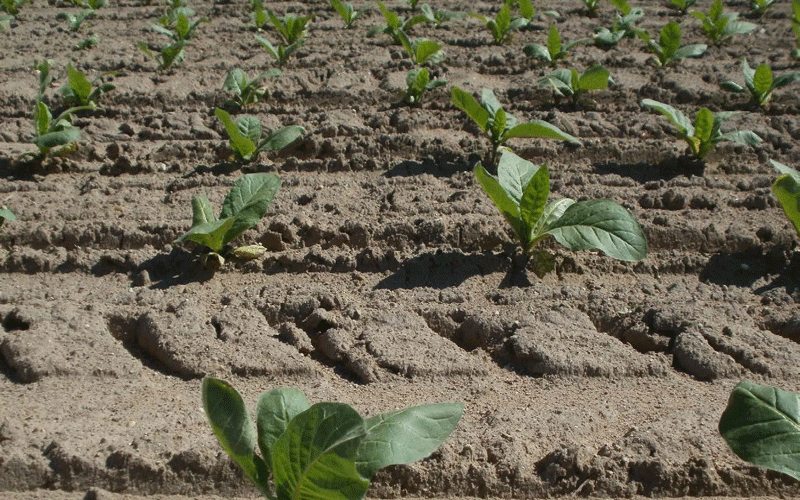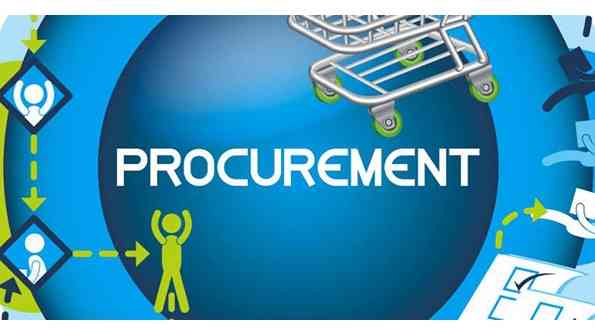
Zimbabwe’s medium-to-long-term economic policies should be modelled around value addition and beneficiation of its commodities as the route to re-industrialisation and sustainable economic growth. The country’s trade statistics clearly show that the local economy is very resilient despite the headwinds of high inflation, currency instability and government policy inconsistency. In the year 2021, export proceeds jumped 66,6% to US$6,195 billion from US$3,719 billion realised in 2020. In the first half of 2022, exports accelerated to US$3,467 billion from US$2,354 billion earned in the same period in 2021. What is of great concern is that 82% of the above export figures is made up of raw or semi-processed minerals and semi-manufactured tobacco. The country’s biggest exports are semi-manufactured gold, nickel ores, mattes and concentrates, unmanufactured tobacco, platinum concentrates, chromium ores and concentrates.
Surge in export value
The country’s exports have surged largely because of the rally in mining commodities on the world market with gold trading at over US$1 653/ounce in the last three years, up from around US$1 200 between 2014 and 2019. Similarly, nickel is currently trading at US$23 513/tonne from an average of US$11 700 between 2015 and 2019. The same can be said for platinum, chrome and coke which are all key export products from Zimbabwe. The rally in global prices has improved investment in the mining sector. The central bank export incentives (where exporters retain 80%-100% of their earnings for incremental export growth) has also come in handy in boosting exports in the last two years.
Mining sector exports
Out of the realised export value in 2021, mining exports generated over US$4,4 billion in earnings, representing 72% of the total export value. In the first half of 2022, mineral exports grew to US$2,899 billion and accounted for 84% of the total export value. However, the bubble is simply because of the rally in global prices and billions more would be realised if those minerals were value added to produce finished products locally. Similarly, a slump in world prices will seriously hurt the local economy. The value chain for most minerals is short and has limited participation of local economic players.
There has been significant growth in the production of platinum group of metals (PGMs) over the past four years due to policy incentives (tax holidays on PGM smelting) from the previous government and investment in smelting by the miners. Globally, Zimbabwe is now the third largest producer of platinum after South Africa and Russia. The country has an estimated reserve of 2,8 billion tonnes of PGM ore. In terms of other mineral reserves, the country has over 4 000 recorded gold deposits in the Greenstone Belts. Zimbabwe also has over 30 deposits of nickel in the Great Dyke, over 12 billion tonnes of coal in the mid-Zambezi Basin and the Save-Limpopo basin and several kimberlites of diamonds in Manicaland and Masvingo.
To effectively tap into the abundant mineral reserves, the government simply must understand the scale of investment needed to ensure value addition (up to finished product level) and provide tax breaks that encourage that investment to happen locally. China’s manufacturing prowess for various merchandise is built on its ability to source raw minerals from Africa and other markets, and value-add them inside China before exporting. Vietnam and Mauritius are renowned for clothing exports, yet they do not grow any significant cotton. Italy, France and the United Arab Emirates (UAE) are some of the biggest producers of jewellery, yet they do not have any significant gold mining within their countries. These countries were only able to achieve such through value addition incentives which attract investment and encourage exports of finished products.
Sadc value addition
- News in depth: Chinese scramble for Zim’s chrome leaves communal lands scarred
- Pushback over Chinese lithium push
- News in depth: Chinese scramble for Zim’s chrome leaves communal lands scarred
- Pushback over Chinese lithium push
Keep Reading
South Africa has been playing Zimbabwe’s value addition role for various minerals and some raw commodities in the last 20 years as its own mines are maturing and becoming too deep to be mined economically. South Africa was proactive in the development of its own mining industry policies to beneficiate its own minerals and those from the Sadc region such as Zimbabwe. South Africa’s strengths now include an extremely high level of technical and manufacturing expertise. The country also boasts world-class primary processing facilities for gold, platinum, diamond, carbon steel, stainless steel, and aluminium. Zimbabwe needs to dangle a carrot to businesses operating in South Africa that are simply doing value addition for minerals exported from Zimbabwe.
Raw tobacco exports
In 2021, Zimbabwe earned US$756 million from exports of 211 million kg of unmanufactured tobacco to the world market. Tobacco production has enormously recovered in the last decade from the 2009 season when production had plummeted to less than 50 million kg that year due to hyperinflation and viability challenges. Zimbabwe is the largest grower of tobacco in Africa and the 6th largest grower in the world behind China, India, Brazil, United States and Indonesia. Regionally, no country can produce tobacco cigarettes at a lower cost than Zimbabwe. A closer look at some of the tobacco processors from South Africa, Zambia, Botswana and UAE shows a worrying pattern where Zimbabwean nationals or former investors in Zimbabwe decided to set up export processing plants in those countries due to the enabling business climate they were afforded. The manufacturers ride on the popularity of flue cured tobacco from Zimbabwe to export to the rest of the world (including back to Africa). Zimbabwe exports raw tobacco to China, South Africa, UK, UAE, Belgium, New Zealand and Turkey which proceed to manufacture billions of cigarette sticks and export them at higher values under renowned brand names such as Marlboro, Camel, Davidoff, Newport and Dunhill. This simply means the market for processed flue cured tobacco and cheaper cigarettes from Zimbabwe exists in the world. The market is vast and lucrative enough to warrant policy change from the government.
To create an enabling environment, the government should start by scrapping any export licence fees or levies paid by cigarette exporters and provide tax incentives to investment aimed at cigarette manufacturing in Zimbabwe. The Zimbabwean market is relatively small in terms of cigarette consumption, as such, export-oriented value addition should be the primary focus. Export processing zones can be offered for cigarettes destined for the export market only. Through utilising the export processing zones and current incentives, potential investors can produce renowned global brands under licence for the export market. From a foreign currency retention point of view, raw tobacco exporters and cigarette manufacturers cannot be treated in the same way. Cigarette exporters should be allowed to keep 100% of their export proceeds and benefit from export facilitation or other government guarantees.
Value addition is import substitution
The country’s biggest contributor to GDP is now wholesale and retail of merchandise imported from South Africa, Asia and selected European markets. The downside of using the multiple currency regime is that foreign merchandise is dumped and smuggled into the country to the detriment of the local industry. To substitute, import policies should incentivise importation of strategic raw materials duty free or at very low import duty. Importation of equipment and machinery for production should be made easy and free of government bureaucracy. More than 40% of the country’s imported merchandise can be produced in the local market provided the import substitution policy pursued by the government favours initiation and growth of local industries.
Key constraints
The biggest constraints on value adding locally remain the cost of doing business in the country, punitive foreign exchange policies, monetary policy inconsistency and economic instability (high levels of inflation). The high cost of doing business takes into account the exorbitant cost of haulage, capital (loans), fuel, water and multiple tax heads which remain complex. Most of these costs are way above Sadc regional averages. Similarly, Zimbabwe’s export and import procedures are cumbersome with multiple government agencies involved simply to levy businesses without adding any value. All these constraints must be addressed through an economic model aimed at value addition and beneficiation before exporting.
The mining and tobacco industries have substantial multiplier effects on the rest of the Zimbabwean economy. They can triple their contribution to the development of other enterprises if the minerals and tobacco are beneficiated locally. Through beneficiation, the country can cushion itself from vulnerabilities associated with any decline in world commodity prices that may harm major export earners such as platinum, gold, nickel and chrome. Beneficiation brings massive benefits to the country such as employment creation for all enterprises in the value chain which translates to increased tax returns. Secondary benefits such as increase in domestic demand for goods and services, jobs and infrastructure development in smaller towns go without saying. Without deliberate implementation of policies aimed at value addition and beneficiation in the next five years, Zimbabwe cannot sustainably grow its economy within the Africa Continental Free Trade Area (AfCFTA) framework.
Bhoroma is an economic analyst. He holds an MBA from the University of Zimbabwe (UZ). — [email protected] or Twitter @VictorBhoroma1.











